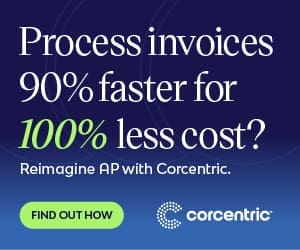Finding The Perfect Order To Cash Solution: An (Executive-Level) Guide

Dso Sales
Integrating an order-to-cash Softwaresolution into business is often vital step toward increased productivity and financial growth. It is important, however, that serious consideration is taken in identifying the ideal OTC solution for the unique needs of the business.
This comprehensive guide outlines the key considerations in finding an appropriate OTC solution for Direct Sales Organizations (DSO) sales. By evaluating the suite of offerings and the potential for customization, C-suite executives can choose the right solution to drive efficiency and profitability.
Analyzing the Needs of the Business
The first step in the journey to determine the ideal OTC solution is to assess the organizations existing operational framework. To do this, review the requirements of the sales process, customer preferences, and the technical capability of the team. By correctly identifying the most pressing needs of the organization, the C-suite executive can accurately weigh the cost-benefits of the tailored solution.
Defining the Bigger Picture Goals
The next step is to look beyond the individual needs of the organization and to understand the wider performance objectives. Will improved reporting and automations increase profitability, or is the aim for better customerservice and quicker sales cycles? Understanding the OTC solution?s ability to deliver these broader goals is important in making the best decision for the business.
Assessing the Available Suite of Solutions
Armed with the necessary information, the executive can then conduct research into the available OTC solutions for DSOs. When assessing potential solutions, consider whether the technology is able to meet the primary and secondary needs of the business. Pay attention to features and functionalities, such as invoicing systems, customer relationship management, and analytics capabilities. Additionally, evaluate the configurability of the solution, as this could provide the necessary flexibility to support future growth.
Analyzing Security Policies
Security is of paramount importance when selecting an OTC solution, particularly for those involving significant customer data. The executive should conduct thorough investigation of the security policies in place, considering the breadth and depth of the security measures. The executive must also revisit these policies to ensure that they remain up-to-date and meet the desired policies of the organization.
Allocating Resources
It is not just the expense of the OTC solution which must be borne in mind, but also the cost of employee training and project management. Assessing the resources available and delegating them in the most efficient way possible is key, as the success of the OTC solution largely depends on the team’s ability to use the software correctly.
Exploring Customization Options
Where the off-the-shelf solutions do not meet the total needs of the business, customization can be the answer. Many OTC solutions providers offer the option for tailor-made solutions. When looking into this, determine if the platform is readily adaptable. What customization is available, and how much autonomy does the business have?
Finalizing Decision
Finally, once all the criteria have been considered, it is time to make decision. The executive should review the results of their research, weighing the options to determine the ideal OTC solution for the organization. Comparing the various solutions, including the cost and implementation timeline, can help to provide clarity on the best match for the business demands.
Conclusion
Finding the right OTC solution for Direct Sales Organizations can be complicated, lengthy process. By taking the necessary time to evaluate the functionalities, security measures, and resources, C-suite executives can make an informed decision on the optimal choice for their business, helping to drive efficiency and profitability.

